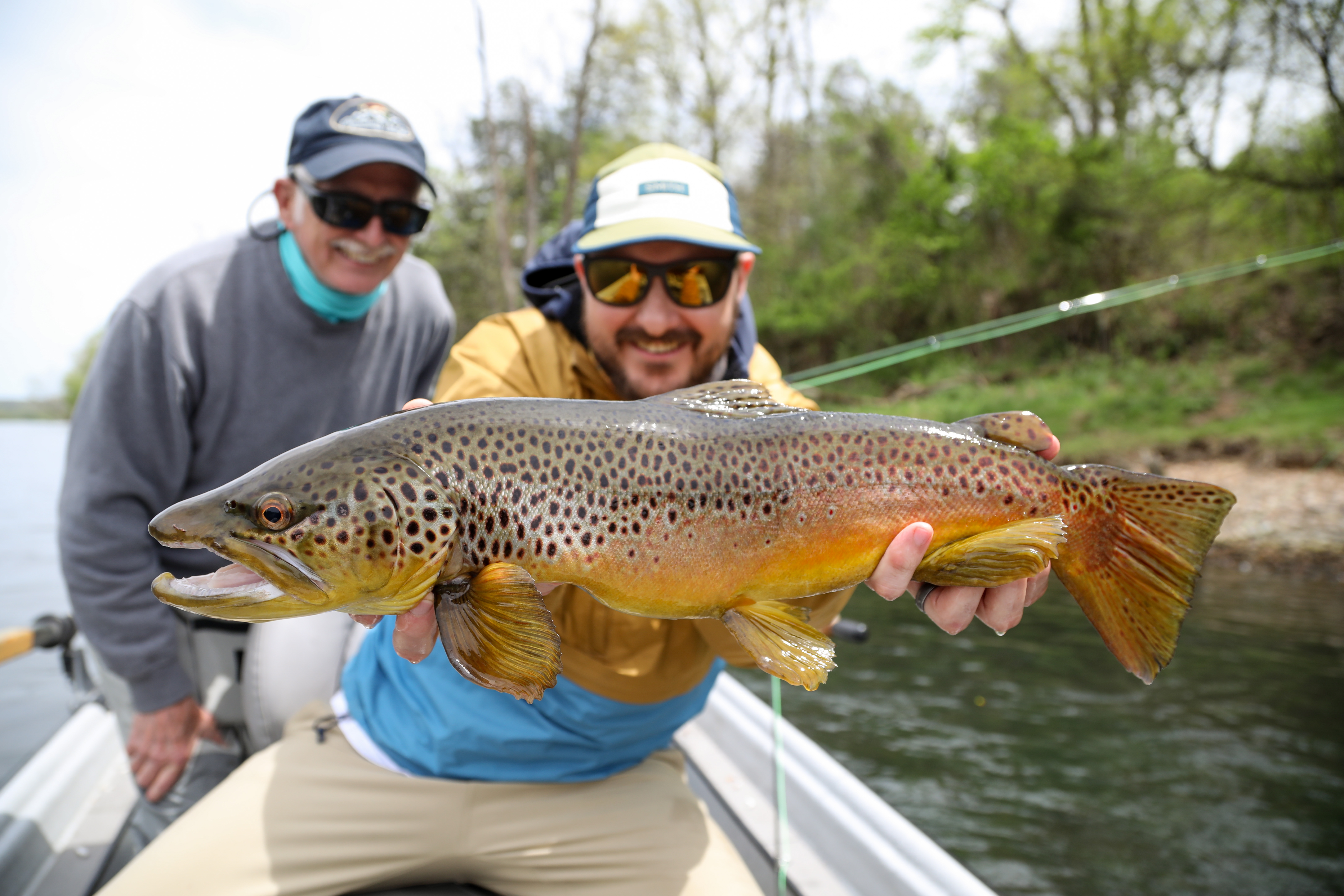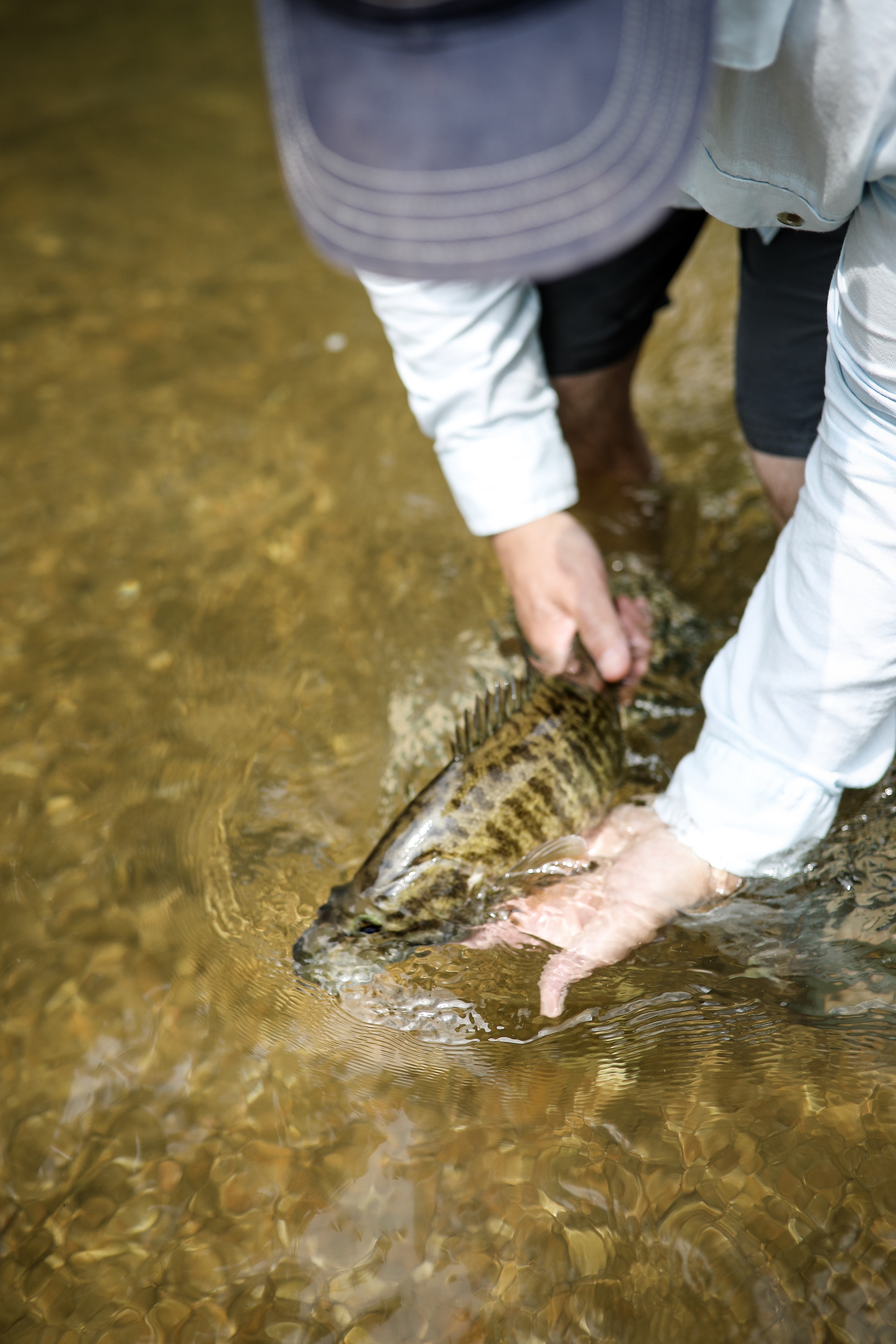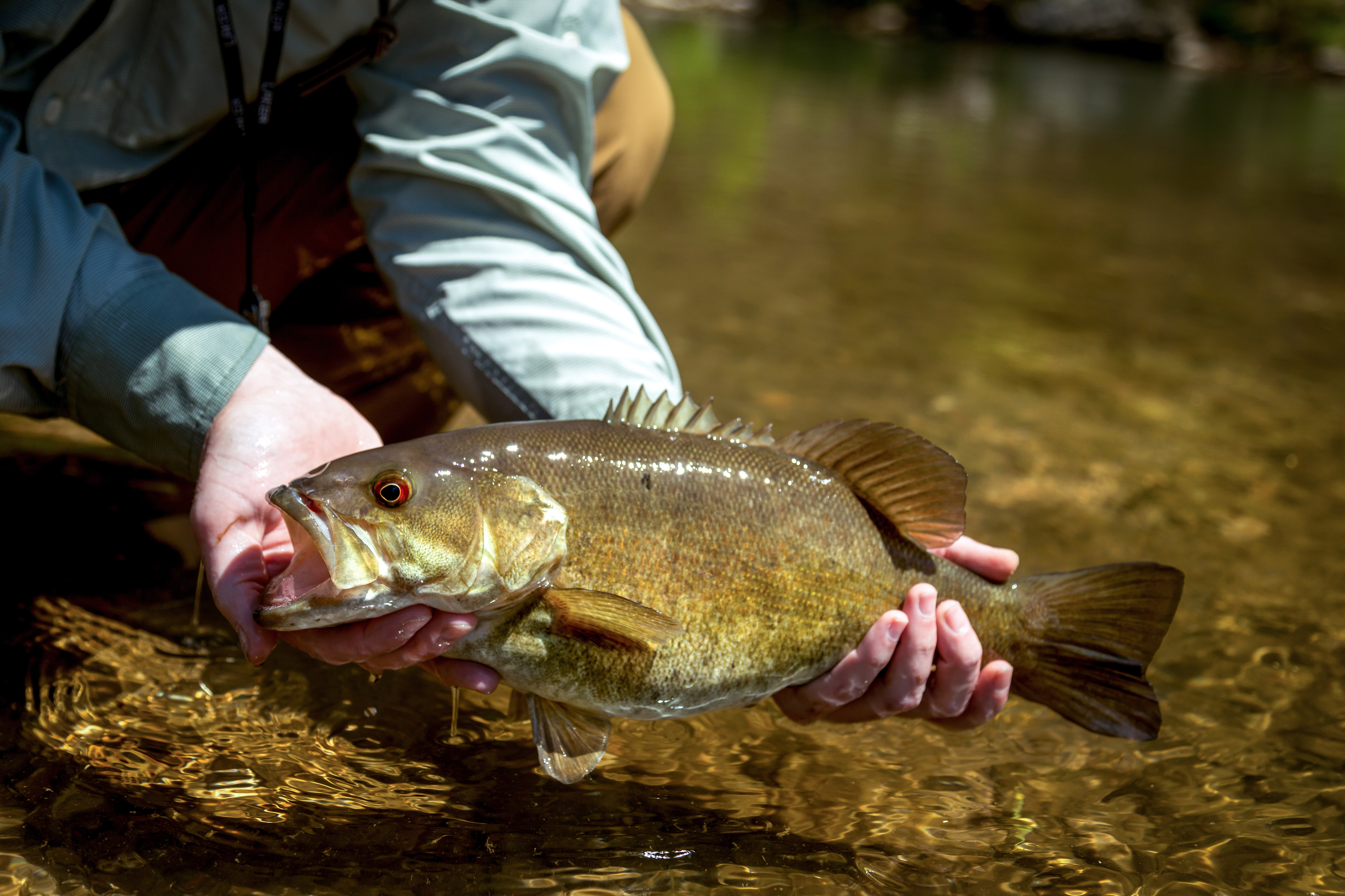Fishing the Caddis Hatch on the White River with Ben Levin
When spring settles over the Ozarks, something electric happens along the banks of the White River: the caddis hatch begins.

When spring settles over the Ozarks, something electric happens along the banks of the White River: the caddis hatch begins.

When spring settles over the Ozarks, something electric happens along the banks of the White River: the caddis hatch begins. To most anglers, it’s just another hatch. But to those in the know — like veteran guide Ben Levin — it’s the most exciting, most overlooked fly fishing window in the entire year.
Ben Levin has been guiding the White River and surrounding Ozark waters for decades. In a recent episode of The Ozark Podcast, he broke down the nuances of the caddis hatch, explaining why it’s his favorite hatch of the year, how to fish it effectively, and what most people get wrong about it.
According to Ben, the caddis hatch is unlike any other hatch on the White River. “People get obsessed with the sulphur hatch or midges,” he said, “but the caddis hatch is a full-on feeding frenzy if you hit it right.”
The hatch typically kicks off in early to mid-April and can last well into May depending on weather and flows. Ben emphasized that timing is everything — you want to be there when the bugs start popping and the trout begin keying in.
“It’s not about just seeing bugs,” Ben explained. “It’s about seeing how the fish respond. Are they rolling? Are they sipping? Are they slashing at the surface?”
Ben looks for rising water temperatures, increased daylight, and activity in the riffles. “When you start seeing birds picking at the water, and fish moving under the surface, get ready,” he said.
Caddis come off in waves, often in the afternoon, but can stretch into early evening. When it starts, the river can come alive in a way that feels almost cinematic.
“On the right day, you’ll see pods of fish coming up over and over,” Ben said. “You just sit there and watch — they’ll show you where to cast.”
Fishing the caddis hatch on the White River isn’t just about throwing dry flies. Ben walks through several stages:
Ben prefers a soft hackle emerger or a small Elk Hair Caddis depending on where the fish are feeding in the column.
Presentation matters more than pattern, he said. “Dead drift, then give it a twitch. Make it look like it’s struggling to emerge — that drives ‘em crazy.”
Ben says the hatch is underutilized because people either don’t understand what they’re seeing or don’t stay long enough.
“They fish for an hour, don’t see risers, and leave,” he said. “But the hatch builds — sometimes it doesn’t go off until late afternoon.”
He also warns against over-anchoring or overcasting. “It’s easy to spook fish during the hatch. Stay back, make smart casts, and watch for the rhythm.”
In his episode, Ben goes deeper into:
🎧 Listen to the full episode:
We’re proud to partner with Ben to offer something special for our Same Holler community:
🎁 Members of The Same Holler get 10% off guided trips or workshops with Ben Levin.
This is a great way to invest in your skills and experience the rivers of the Ozarks alongside a true master of the craft.
Ben operates out of the Cotter/Mountain Home area and can be reached via his website Fly South Adventures.

Your brand deserves more than an audience—it deserves a community.

When the Ozark summer hits full stride and water levels drop, most anglers either give up or shift their focus. But for Duane Hada and Tadd Fore—two of the most respected smallmouth fly fishing guides in Arkansas—this is the time to hunt.

The Ozarks are known for their smallmouth bass — feisty, strong, and wild. But catching them year-round? That’s a whole different game.

You only get one shot at a good mount. Here’s why we trust Big Pete with every buck we put on the wall — and why you might want to do the same.

If you’ve ever tried fly fishing the White River in Arkansas, you know one thing for certain: The water never stays the same. That's why we sat down with experienced fly fishing guide, Chad Johnson